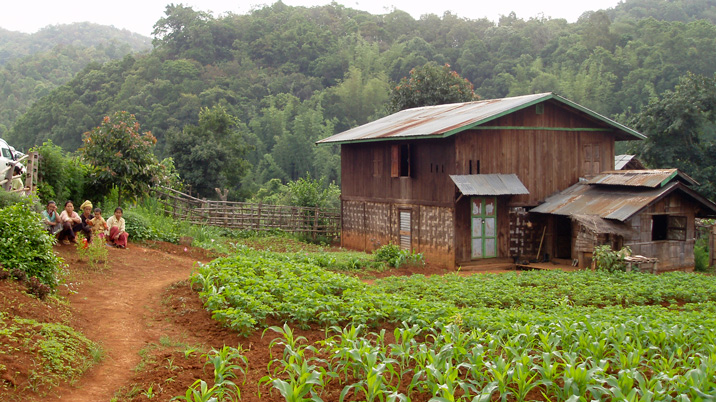YANGON, November 22, 2012 --- The World Bank and Myanmar marked an important milestone this month, with the Interim Strategy and National Community Driven Development (CDD) Project endorsed and approved by the Bank’s Board of Directors. After opening an office in Yangon in August, the Bank is steadily stepping up support for reforms, to ensure that development programs benefit all of the people of Myanmar, especially the poor and vulnerable.
Poverty is all too evident in Myanmar’s rural areas, home to over 70 % of the population. Decades of underinvestment have taken their toll – villagers have limited access to services and infrastructure, and have had little voice in the development process.
The National CDD Project aims to address these challenges at the earliest opportunity, aligned with the government’s goal to change the way infrastructure and services are delivered to the people – from ‘top down’ to ‘bottom up.’
“The Board approval just marks a first step in the process to establish this new community driven project and paves the way for further consultations with civil society and local communities,” said Kanthan Shankar, the Bank’s Country Manager in Myanmar.
“Local communities will be able to choose how they want to spend the grant funds – whether it’s roads, bridges, health clinics or fixing up classrooms or providing drinking water“, he said.
Moving community driven development forward
Bank-supported community driven development projects have been successful in reducing poverty in other countries in East Asia. In Indonesia, the proportion of households moving out of poverty in poor sub-districts was 9.2 % higher, and in the Philippines, the annual per capita expenditure of poor households was five percent higher, as compared to communities not supported by the projects.
Lessons learned from these experiences are helping to inform the Myanmar project. For example, the project will be implemented in phases over six years, since the Bank learned that a longer time frame is needed to improve effectiveness.
Over the next few months, non government organizations and firms – with a track record for doing community based activities – will be identified to work at the union and township levels to provide technical assistance, training and support for the project. An operations manual to guide implementation will also be developed. Further consultations with civil society and communities involved in the project, along with training, will be conducted.
“Consultations are at the heart of our re-engagement in Myanmar,” said Mr. Shankar. “The Bank is committed to supporting full and broad based government-led consultations as we continue to work to prepare this project for implementation.”


